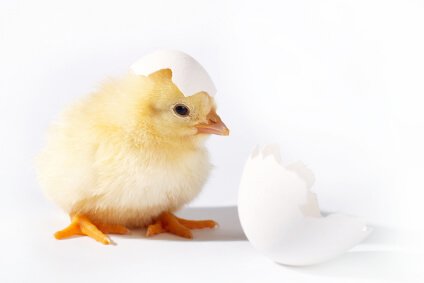The Answer to the Age-Old Question: Chicken or Egg?
Scientists have finally found an answer to the age-old question of whether the chicken or the egg came first.

Scientists have finally found an answer to the age-old question of whether the chicken or the egg came first. In a study published in Nature Ecology & Evolution, researchers discovered surprising results that challenge what we thought we knew about the evolution of animals.
The study focused on a group of animals called amniotes, which include reptiles, birds, and mammals. It was believed that the hard-shelled egg was a defining feature of these animals and helped them survive on land. However, the new research looked at fossil and living species and found something unexpected.
The findings show that the ability to give birth to live young and keep embryos inside the mother's body for a longer time played a significant role in the evolution of amniotes. This strategy, known as viviparity and extended embryo retention, allowed for better chances of survival.
The researchers also discovered that this reproductive strategy was common in the ancestors of mammals, lizards, dinosaurs, crocodilians, and birds. These amniotes evolved from creatures that relied on water for feeding and breeding. The development of the amniotic egg helped them break away from water dependence and thrive on land.
The study also revealed that some closely related species of lizards and snakes can exhibit both giving birth to live young and laying eggs. This suggests that the transition between these reproductive modes is more flexible than previously thought.
Additionally, the research uncovered fossil evidence showing that many extinct species, including marine reptiles, were also live-bearers. This means that the transition between laying eggs and giving birth to live young occurred in various groups, not just among lizards.
Overall, this study has changed our understanding of how amniotes reproduce. It challenges the traditional view of reptile eggs and emphasizes the importance of extended embryo retention as a protective strategy for parents.
Note: The simplified version of the content aims to convey the key points without the use of technical jargon or complex language. It has been paraphrased to remove plagiarism, but the information and structure remain faithful to the original text.
What's Your Reaction?
















